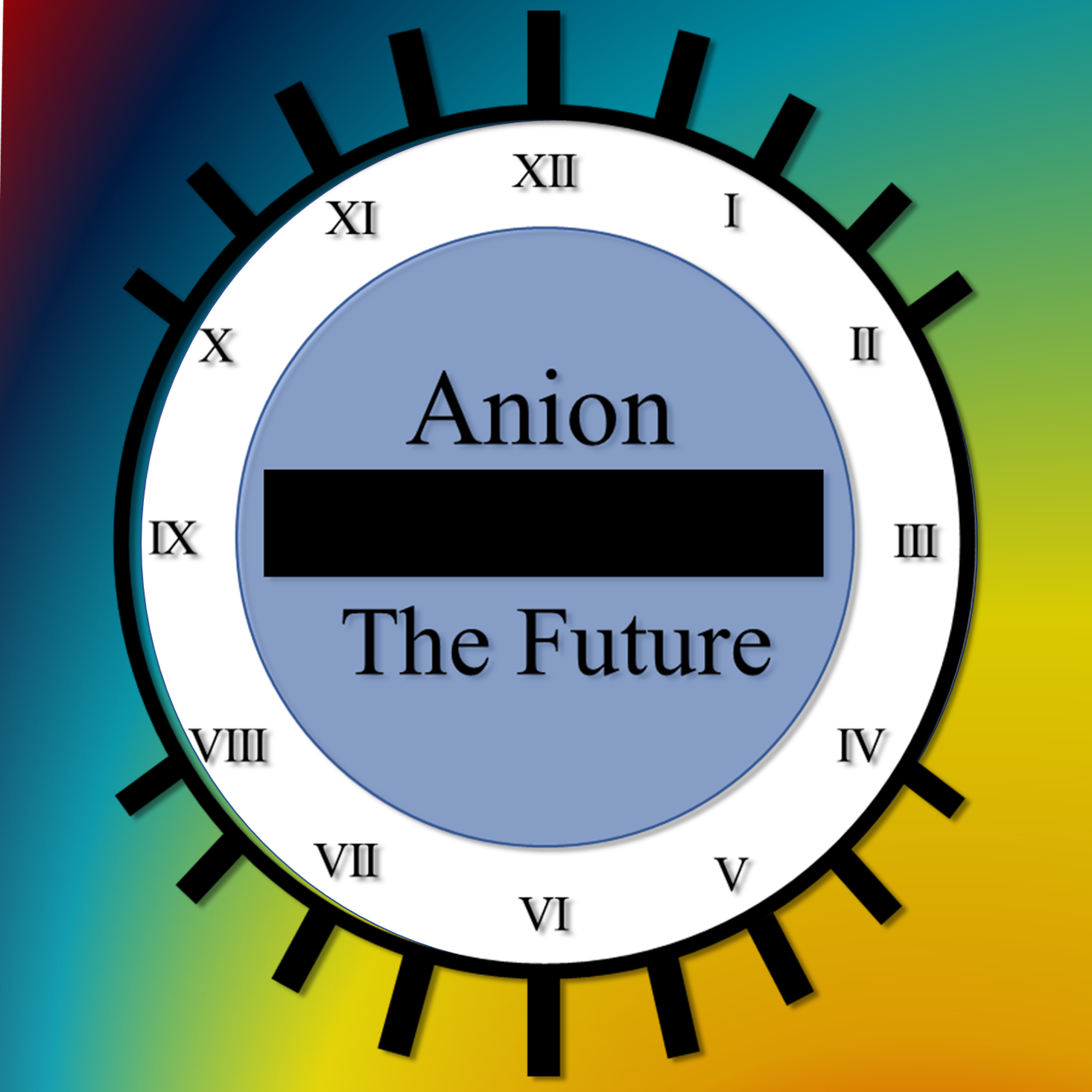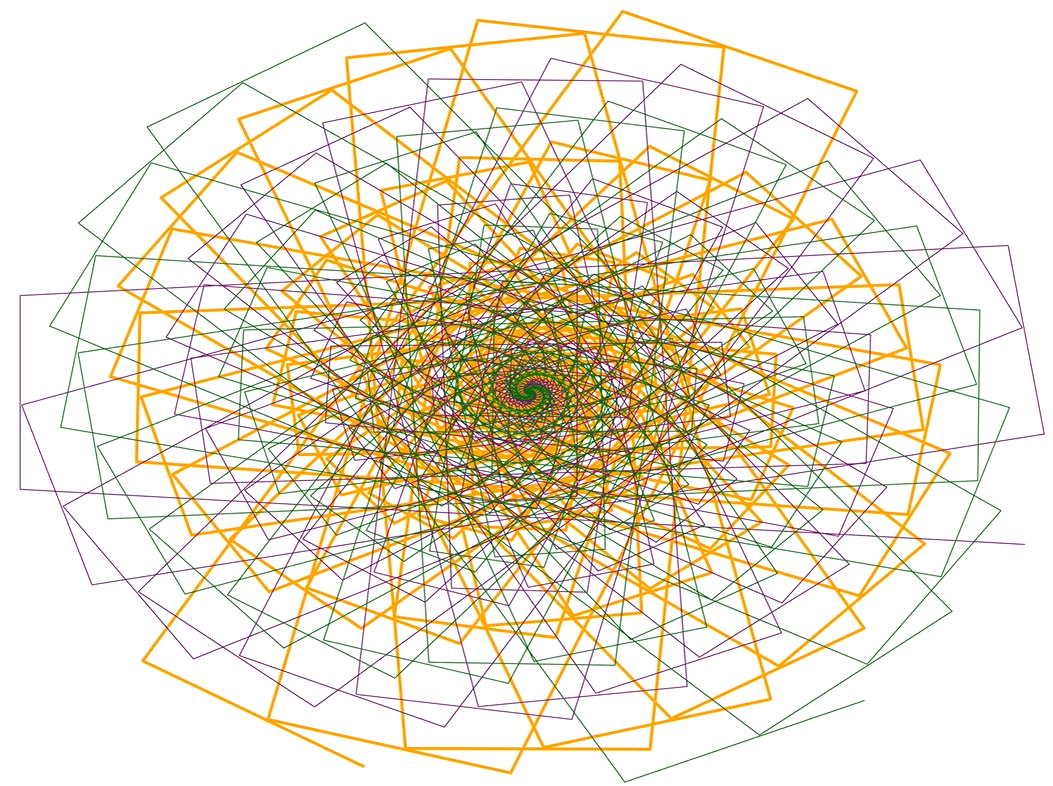I’ve recently had an article, “The Electrostatic Origins of Specific Ion Effects: Quantifying the Hofmeister Series for Anions” accepted in Chemical Science (K. Gregory, E. Wanless, G. B. Webber, V. S. J. Craig and A. Page, Chem. Sci., 2021, DOI: 10.1039/D1SC03568A). I thought this presented an opportunity to challenge myself by writing about the article with less scientific jargon.
This work investigates specific ion effects. You may be surprised at how much you already know about specific ion effects. Have you ever asked someone to pass you the salt? Table salt is also known as sodium chloride and is made up of sodium cations (these are positively charged ions) and chloride anions (these are negatively charged ions). There are potentially millions of other salts and you might know these as minerals or electrolytes. For example, calcium salts are good for your bones, lithium-ions are common in batteries, and magnesium ions in sports drinks can help prevent cramps (these are all positively charged examples). In terms of anions (the negatively charged ions), fluoride is used in toothpaste, iodide for treating hypo/hyperthyroidism and acetate is a key component in vinegar. Each of these have very different applications and are examples of specific ion effects (where the effect depends on the identity of the ion).
The discovery of these specific ion effects is often attributed to Franz Hofmeister and his student, Siegmund Lewith, back in the late 1880s. Despite some forms of specific ion effects already being used previously throughout history, this was perhaps the first systematic study of these effects and inherently found some qualitative (by order) commonality between a few varied experiments (for example, they examined a few systems, including the precipitation of egg white proteins (“room temperature cooking”) and blood serum).
In essence, we’ve known a bit about these systems for over 130 years. The trouble is, they’ve been challenging to model and therefore predict. We’ve seen some benefits of modelling recently to direct Governmental responses to COVID-19. However, no theoretical recipes were available that allow us to say, “I have a salt with cation X and anion Y, which I’m putting in a solution of water containing enzyme Z. This salt will change how fast that enzyme works by U %.”. Until now…
Well, that “Until now…” was partially to be dramatic, but in this scientific paper we begin to address this issue. One of the reasons the recipe doesn’t yet exist is because we also need the right ingredients, and by this I mean the properties of these systems. A few properties have been postulated before (one by us) but they don’t consistently match what is happening in experiments. One of these properties is the polarisability of an ion. Polarisability is analogous to how “balloon-like” or “bowling ball-like” a molecule or atom is. If something has a high polarisability, it can change the shape of its electron density to a larger extent (like a balloon) and if something has a low polarisability, it can’t really change its shape at all (like a bowling ball). This parameter, or ingredient, is reasonably useful until considering non-spherical ions (with more than one atom) such as acetate (the vinegar ion), which you could think of as a little like a balloon dog – it can change its shape a bit and it has an important shape to it. The trouble is, it acts like a bowling ball.
This got me thinking. The fundamental ingredient must have some similarity to the polarisability, but when considering ions like acetate, which have multiple atoms, the atoms that are going to “touch” the other component (such as an enzyme) are the most important to consider. This is where my quantum chemical calculations come into play. I won’t go into too much detail on quantum chemistry here, but I’ll explain some aspects relevant to this work.
Quantum chemistry is done via the Schrödinger equations on a computer (this is one of the big uses of supercomputers, and will be a large application of quantum computers). It allows us to see and calculate things that aren’t yet accessible via experiments. This includes things that are too small, too fast, or too contaminated. In my case, I wanted to: a) calculate the energies of ion interactions and break these down into the fundamental forces (e.g., electrostatics, exchange, induction/polarisation and dispersion, and variations of these) and; b) parameterise each atom separately, within molecules.
So, in part a) I found that electrostatics (the force that works when you rub a balloon against your jumper and then it sticks to the roof) seemed to be the key aspect that determined many ion interactions. I used this in part b) which centred around electrostatics and Coulomb’s Law. This is essentially the law that opposites attract (positive likes negative, negative likes positive), and that the closer the opposites are the greater the attraction. In equation form, E=k(q1q2/R), where E is the energy of interaction, k is a “constant”, q1 and q2 are the charges of points 1 and 2 respectively, and R is the separation distance.
I used a technique called DDEC6 (developed by T. Manz and N. Limas et al. – 10.1039/C6RA04656H) that allowed the values of q (the charges) to be calculated at every atom. For “touching” atoms, R can also be approximated by r1 + r2, the radius of the atoms 1 and 2, which can similarly be calculated. For negatively charged anions, the (radial) charge density (which I’ve called “sho”, ϸ, which can be a lot of fun (for me) for visual puns), q1/r1 is closely proportional to the more complete electrostatic energy as described by Coulomb’s Law, since (in a given system), q2 is a multiplicative constant and r2 is constant and comparatively small. This means we have a parameter that correlates with the electrostatic energy of these anions.
Of course, up until here, it’s theoretical. So the next step was to apply this parameter to various experiments to see if it correlated. This is the exciting part. It did. Time to ϸ off.

Now for a few examples.
Electrolyte properties: These are important as a baseline for more complex models, but are very relevant to industrial processes and battery functions.
Viruses: For the viral activity of the herpes simplex virus 1 (HSV-1) protease, human rhinovirus-14 and human immunodeficiency virus (HIV) protease, there was a strong relationship. Now hopefully I don’t butcher the biological interpretation of activity here, but this implies that, in the presence of some ions (or salts/minerals), you can speed up or slow down the rate these proteases work and therefore the resultant symptoms of that virus. I’ll put in a disclaimer here that this data is obtained in experimental conditions and that these ions may work in this manner generally in the body, so there will be various other enzymes and proteins affected simultaneously and therefore there is potentional for various side effects. I’ll probably have to leave this with the biochemists and medical researchers to most beneficially use this information.
Stimuli-responsive systems: There are some large molecules that will change behaviour under certain conditions, such as light, temperature, or acidity. Light-responsive behaviour is already being incorporated into dual-functioning glasses/sunglasses. In the case of temperature-responsive molecules, salts can alter the temperature at which a change occurs, and this correlates with ϸ.
We also showed that when changing the liquid in which these effects take place, for example from water to alcohol (ethanol), certain properties of the liquid could account for this. A recent paper (10.1039/C9CP06800G) showed specific ion effects in the enzyme responsible for metabolising alcohol (and therefore a hangover). This might contribute to why sports drinks can help a hangover (they also help replenish sodium after depletion due to alcohol dehydrating effects).
When it comes to the cations (the positive component of salts) in otherwise uncontaminated water, the same electrostatic trends are observed. However, we also stipulated that in non-pure water systems (i.e., mixed with alcohol) other intermolecular forces come into play. For example, when a “tug-o-war” is occurring between the water and the alcohol molecules where the cation is the “middle of the rope”, the electrostatics (analogous to the anchor in the tug-o-war) have roughly equal strength on both the water and the alcohol teams. This means the differentiating factor can be one of the other team members, in this case, dispersion (similarities to gravity, often two large molecules/ions will have a stronger dispersion attraction than two small molecules/ions).
Conclusion
Understanding the origins of the specific ion effects that underpin our day to day lives allows for more control of ourselves and the surrounding environment. It’s like knowing the rules for a game. To truly master it, you need to know the rules, then be able to use them in conjunction to your advantage. It’s also a bit like having a road map that can help you reach your destination quicker because you know which routes are the shortest and straightest. Having the rulebook, or roadmap, of specific ion effects will expedite endeavours in multiple industries. Over 50% of all pharmaceutical drugs exist as salts, implying many initial drug discovery programs would benefit, accelerating the search for life-saving drugs in this trillion-dollar industry. Nutritional epidemiology studies the role of diet on health and disease. It is heavily reliant on statistics of the population, but the specific ion effect rulebook could help bring understanding to a personalised level. Additionally, with the emergence of smart solutions and surfaces, the ability to tune these via salt will broaden the scope of their applicability, whilst also informing us of similar mechanistic processes happening in our bodies. With the emergence of electric vehicles (EVs), the battery race is gaining speed (pun intended). These EVs are reliant on the battery (and/or capacitors, supercapacitors and fuel cell) technology to go the fastest, farthest and be the smallest, whilst charging quickly and repeatedly. Inherently, these are reliant on specific ion effects for optimising how much flowing charge you can pack in a small space. So they’re important for “bettery” development if you will. Finally, EVs are one of the combatants of climate change. Another combatant to global warming is the glaciers at the ice caps that reflect a lot of the suns radiation. And guess what… Their stability is also dependent on specific ion effects. As is the stability of soil that might determine its disposition to erosion.
So yes, specific ion effects affect almost all aspects of our lives, and while this study didn’t quite finish the specific ion effects rulebook, it did find a very important rule – The Electrostatic Origins of Specific Ion Effects.
— Kasimir Gregory
Research funded by an Australian Government Research Training Program (RTP) Scholarship and Australian Research Council funding (ARC DP190100788, LE170100032 (INTERSECT)).



